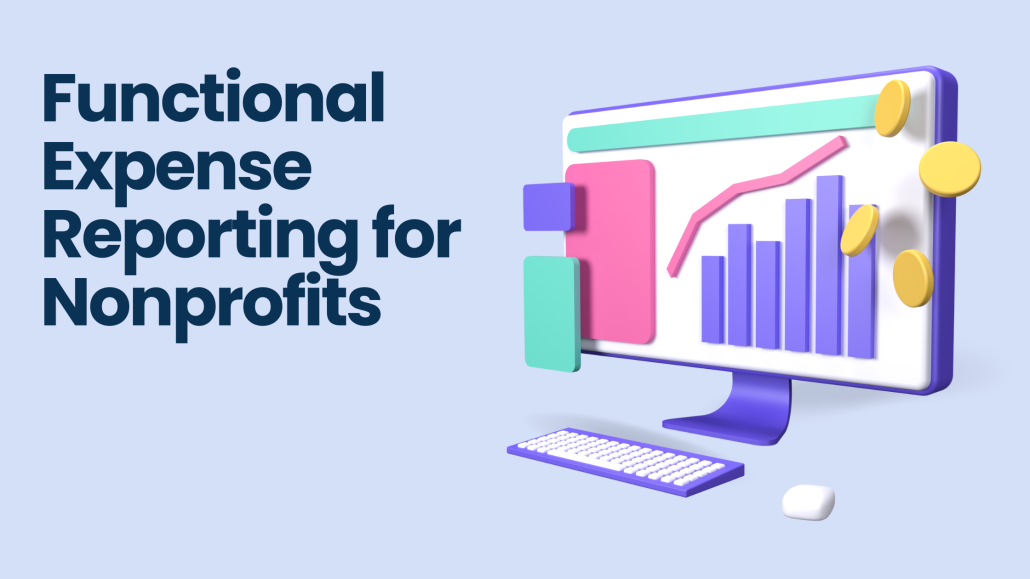
In the world of nonprofit organizations, understanding and effectively managing functional expense reporting is not just a best practice—it’s a necessity. This blog delves into the essentials of functional expense reporting, helping nonprofits navigate this crucial aspect of financial management.
What is Functional Expense Reporting?
Functional expense reporting tracks and categorizes expenses based on their purpose, such as fundraising, administration, or program services. Unlike typical expense types, functional expenses are categorized by the role they play in the organization. This reporting is crucial for maintaining compliance with IRS 990 and retaining nonprofit status.
Core Functional Expense Categories
Functional expenses fall into three primary categories:
- Program Services: These are costs associated with executing your organization’s mission-focused programs and services. Think materials, program staff salaries, and a portion of facility costs.
- Management and General Administration: This category captures your overhead or operational costs not directly tied to your mission or fundraising efforts. Office rent, executive salaries, and utilities typically fall under this.
- Fundraising: Expenses directly related to raising funds, such as event costs and marketing, are grouped here.
Legal Requirements and Building Trust
Functional expense reporting isn’t just a formality; it’s a legal requirement for filing IRS 990. Transparency in reporting also builds trust among donors and stakeholders, showcasing how funds are being used.
Allocating and Disclosing Expenses
The Financial Accounting Standards Board (FASB) mandates specific criteria for how nonprofits should identify and disclose expenses. A consistent and clear process for allocating expenses across multiple functions is vital, especially in an environment where staff roles often overlap.
The Statement of Functional Expenses (SFE)
The SFE is a standard report in an organization’s audit. It details how resources are allocated towards mission-related activities versus overhead costs. This matrix-style report is crucial for both internal analysis and external reporting, providing a transparent view of financial allocation.
Internal Benefits of Functional Allocation
Beyond compliance, functional allocation aids in activity-based budgeting and reporting. It offers a clearer view of the financial health of the organization, indicating which activities are financially sustainable and which require additional support.
Budgeting and Reporting Strategies
Effective functional expense budgeting and reporting allow for informed decision-making. They enable stakeholders to understand resource allocation and its alignment with the organization’s mission, leading to strategic decisions about program funding and development.
Mastering functional expense reporting is key to the success and transparency of any nonprofit organization. By understanding and implementing best practices in this area, nonprofits can not only comply with legal requirements but also build trust with their donors and stakeholders, ensuring a sustainable path forward.


